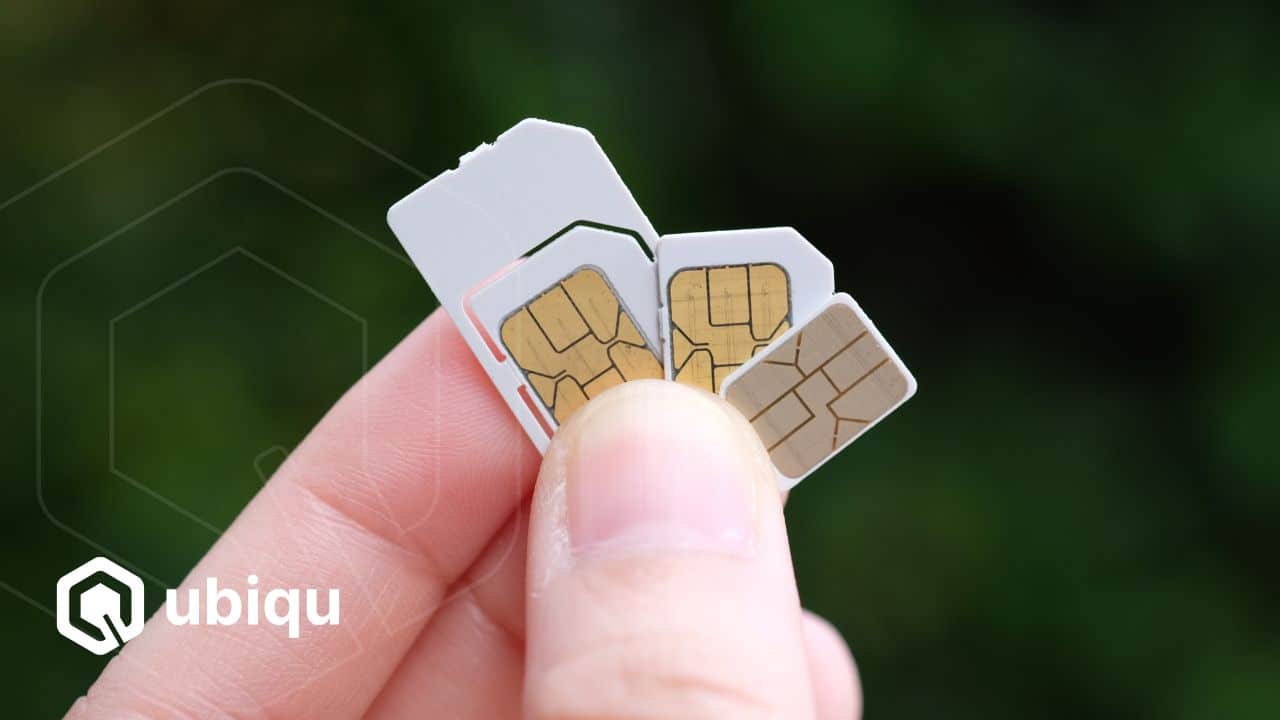The internet has made life more convenient, but it has also opened the door for criminals to exploit unsuspecting users. Online fraud can take many forms, from identity theft to sophisticated phishing scams.
Phishing is a common, well-known method, where criminals send fake emails or messages pretending to be from trusted companies, leading victims to enter their login details on fraudulent websites. Another major risk is identity theft, where criminals steal personal information through data breaches or social engineering and use it to apply for credit or commit other crimes. Credit card fraud is widespread too, with hackers stealing card details through compromised websites or skimming devices.
An upcoming method, that combines several of these methods, is SIM swapping. As SIMs and eSIMs are one of the options of integrating the eIDAS’ WSCD/WSCA security architecture, as we discussed, this is a concerning trend.
What is SIM swapping?
SIM swapping is a type of fraud where criminals take control of someone’s phone number by transferring it to a SIM card they control. This allows them to bypass security measures, such as two-factor authentication, and gain access to sensitive accounts.
A scammer gathers personal information about their target, often through phishing, data breaches, or social engineering. They then contact the victim’s mobile provider, pretending to be the account owner. Using stolen details, they convince the provider to activate a new SIM card in their possession. Once the swap is complete, the victim’s phone loses service, and the scammer now receives all calls, texts, and verification codes.
Many online accounts, including banking and cryptocurrency wallets, rely on SMS-based two-factor authentication. With control of a victim’s phone number, criminals can reset passwords and gain full access to accounts. Victims may not realize what’s happening until they are locked out of their accounts or notice unauthorized transactions.
How can we prevent SIM swapping?
At the moment, it is not difficult for criminals to convince mobile providers and their call centers that they are the right owner of the sim, says Lucie Roulland, Identity Verification Specialist at Inverid. “Security questions are too easy to answer with questions such as ‘what’s your mother’s maiden name’ when you’ve just tagged your mom at a barbecue last week on social media,” she adds.
To prevent these forms of online fraud, we need new, more secure ways of proving our identity.
Inverid’s ReadID technology
Inverid does so by providing a secure and reliable way for people to verify their identity using the chip embedded in their official identity documents. This method ensures that authentication is tied directly to the individual, making it virtually impossible to copy, spoof, or manipulate.
Inverid creates easy identity verification for everyone with a smartphone and an electronic identity document. Its ReadID technology is a convenient, secure and scalable solution, exploiting the possibilities of NFC.
Ubiqu’s Remote Secure Element
Ubiqu’s patented Remote Secure Element enables users to securely access their devices from a data center with just a PIN code. This eliminates the need for additional hardware, reducing costs while enhancing security and encouraging user adoption. Ubiqu guarantees continuous and seamless identification – a single NFC passport scan is all that’s needed, ensuring high user adoption and effectively eliminating identity fraud.
Conclusion
Preventing SIM swapping and other forms of online fraud requires stronger, more secure identity verification methods. Traditional security questions and SMS-based authentication are increasingly vulnerable to social engineering and data breaches, making it easier for criminals to exploit personal information.
Solutions like Inverid’s ReadID technology and Ubiqu’s Remote Secure Element offer a future-proof way to verify identities with greater accuracy and security. By leveraging NFC technology and cryptographic authentication, these innovations ensure that identity verification remains unique to the individual and resistant to fraud. As digital threats continue to evolve, adopting secure, scalable solutions will be essential in protecting users and businesses from online fraud.


